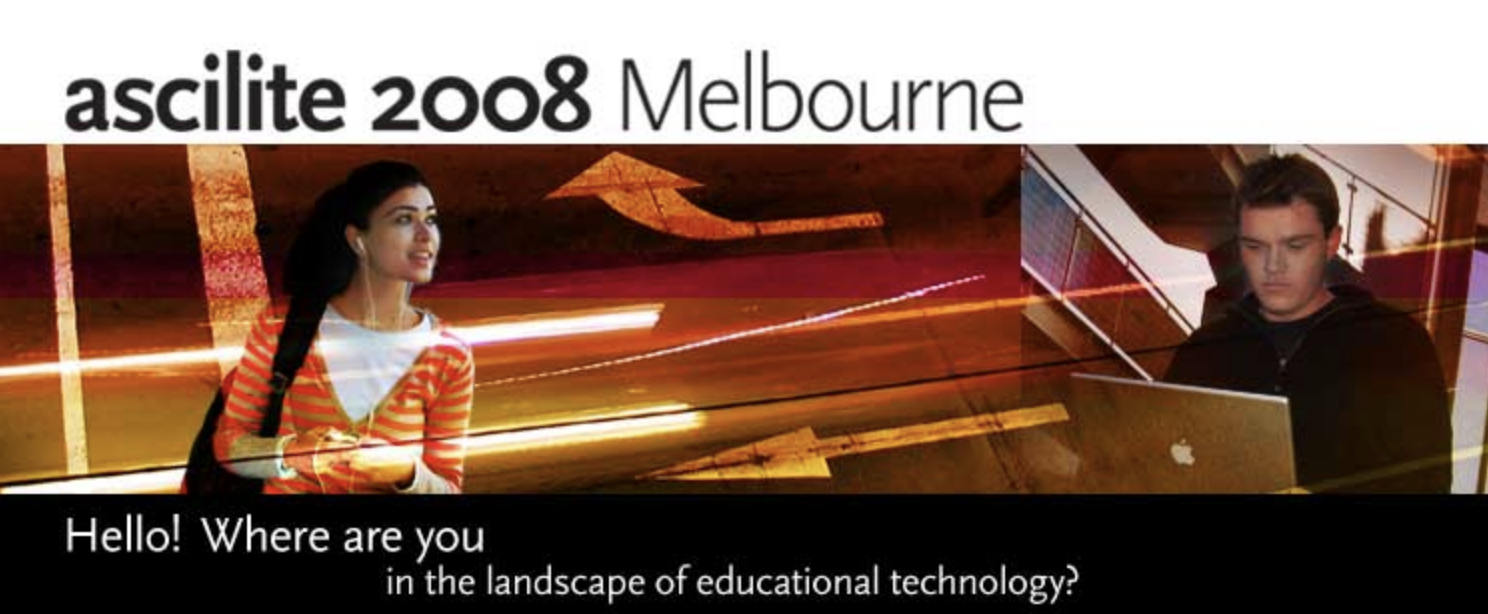Shared spaces in a ‘safe’ urban jungle
Juggling pedagogical goals and student needs and expectations
DOI:
https://doi.org/10.14742/apubs.2008.2373Keywords:
Web 2.0 technologies, Second Life, virtual communityAbstract
This paper reflects on the tensions inherent in higher education between institutions taking advantage of the pedagogic opportunities afforded by new Web 2.0 technologies and yet remaining aware of the diverse e-needs of all students. The aim of this paper is to discuss how these tensions have informed the development of a virtual community in Second Life (R) for use by second year Criminology students on a community safety module. The module is currently run on a workshop basis in which students map on paper a physical neighbourhood environment on which they overlay social characteristics and problems intended to simulate a typical dysfunctional community. The virtual community in Second Life is currently being designed to provide a more immersive environment, in which students can explore issues in a simulated real-life context without the ethical dilemmas associated with field experience. However, since not all students are interested in, or competent with, the technologies involved in this type of e-learning, the virtual community is intended to complement these existing arrangements rather than replace them. Furthermore, the freedom of constraints afforded by the inherent lack of structure in Second Life may be disorientating for students, especially those used to more didactic methods of teaching and learning. Thus, scenarios are designed in stages of relatively simple and prescribed to increasingly free, complex and cognitively demanding as the module progresses and students become more confident and technologically able. In this way it is hoped to harness the opportunities of Web 2.0 technology whilst optimising the learning experience of the whole group.
Downloads
Published
Issue
Section
Categories
License
Copyright (c) 2025 Graham Steventon, Paul Grove, Mark Childs

This work is licensed under a Creative Commons Attribution 4.0 International License.





